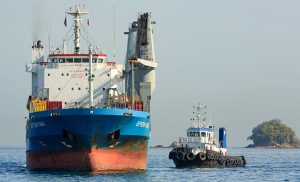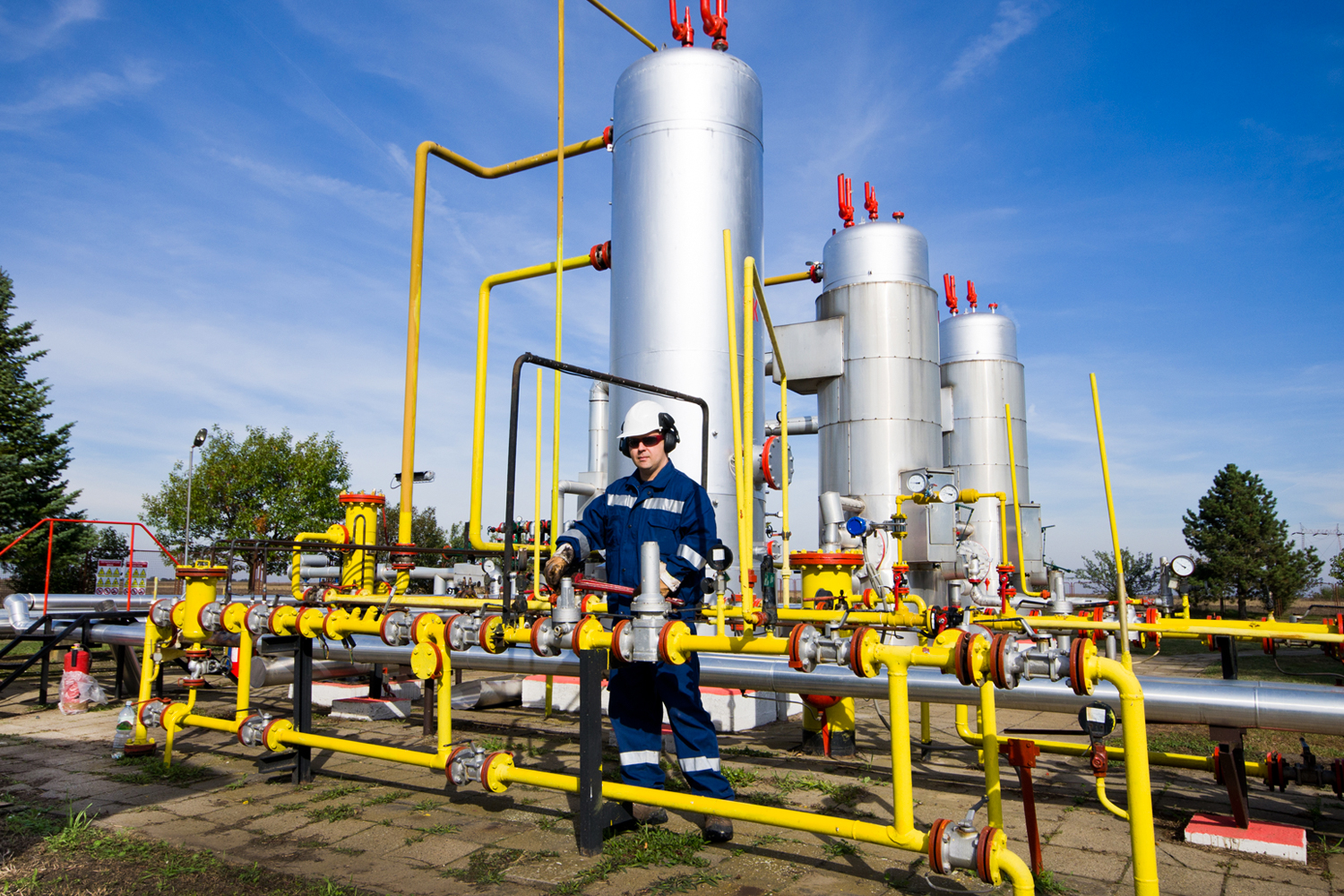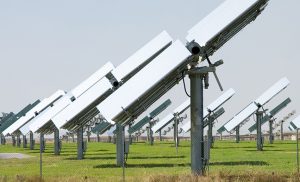Notice of Online Archive
This page is no longer being updated and remains online for informational and historical purposes only. The information is accurate as of the last page update.
For questions about page contents, contact the Communications Division.
Vijay Swarup, vice president of research and development at ExxonMobil Research and Engineering, stood before a crowded Colton Chapel audience to talk about energy—what it will look like in 2040.


Hosted by the IDEAL Center for Innovation and Entrepreneurship, Swarup discussed the energy equation that factors how people, population density, and cultural living standards impact energy demands, and how those growing demands will be met. Below are key areas he discussed.

















 What’s the most important question for a teen with a new cellphone? Where to charge it. This is part of the energy equation. Energy needs are shaped by living standards of people. Today, energy is a tale of two worlds. One billion people have no access to power while 2 billion still rely on biomass (like wood) for cooking. Such undeveloped locales contrast with developed households where the push of a button or a voice command to an electronic device turns on a TV. But as members of the middle class grow across the globe, their purchasing power necessitates more energy generation. India and China lead middle-class growth. As more people seek a better life and the products associated with it, a complex question remains: How will we grow our energy to meet those demands?
What’s the most important question for a teen with a new cellphone? Where to charge it. This is part of the energy equation. Energy needs are shaped by living standards of people. Today, energy is a tale of two worlds. One billion people have no access to power while 2 billion still rely on biomass (like wood) for cooking. Such undeveloped locales contrast with developed households where the push of a button or a voice command to an electronic device turns on a TV. But as members of the middle class grow across the globe, their purchasing power necessitates more energy generation. India and China lead middle-class growth. As more people seek a better life and the products associated with it, a complex question remains: How will we grow our energy to meet those demands?
 Economics and policy are married in order to get the right mix of energy. Oil will remain the primary fuel through 2040. As more people enter the middle class, demand for products will increase the creation and shipment of goods. Transportation and manufacturing industries still rely on oil. Its energy density is what’s needed to power planes, trucks, and cargo ships to move freight. Consumer preferences shape product demand and governing policies. Americans like SUVs even as hybrids and electric car sectors will grow the most. Energy also impacts trade since the energy sources or products that a country needs may not align with the resources it has available to make or acquire. So expect more investments in how to discover, extract, and transport fuel sources so as to keep supply and demand in balance.
Economics and policy are married in order to get the right mix of energy. Oil will remain the primary fuel through 2040. As more people enter the middle class, demand for products will increase the creation and shipment of goods. Transportation and manufacturing industries still rely on oil. Its energy density is what’s needed to power planes, trucks, and cargo ships to move freight. Consumer preferences shape product demand and governing policies. Americans like SUVs even as hybrids and electric car sectors will grow the most. Energy also impacts trade since the energy sources or products that a country needs may not align with the resources it has available to make or acquire. So expect more investments in how to discover, extract, and transport fuel sources so as to keep supply and demand in balance.




